This is the month when seed sowing really gets into full swing especially in the south of the country, with half-hardy flowers and vegetables which need gentle warmth for germination and the early stages of development.
At our trials ground in Kentford our grounds manager has already begun to make under-cover early sowings and his activity will move up a gear or two as March gets into full swing. The busiest time of the gardening year arguably is late February and March as we fill up our seed trays and all available space in coldframes windowsills and under cloches to get an early start on what we would like to grow.
The mornings and evenings are getting noticeably lighter and the welcome sound of birdsong early in the morning is a sure sign spring cannot be far away. Add to that the snowdrops which are in full bloom by the wayside in the villages and the dwarf daffodils and hyacinths which are just starting to flower in gardens then the spirit really starts to soar in anticipation of the growing season ahead. And so here we guide you through one of the busiest months of the year in the garden, March.
Jobs in the flower garden in March
First the nations favourite fragrant flower, sweet peas! Autumn-sown sweet pea seedlings will benefit from as much ventilation as possible either in the cold frame or greenhouse before being planted to their flowering positions later in the month. Ensure their support system is in place before you set them out. Sweet peas are hardy annuals and can therefore be sown direct in their flowering position when the soil warms up and is workable. Again make sure canes and netting or your alternative choice of support is in place before you sow.
Sweet peas are sometimes referred to as the "queen of the annuals", so maybe we can think of the sunflower as being the "king of the annuals" especially when you consider the majestic height some of them reach! They really are so easy to grow, great favourites with children and available in a surprising range of different sizes, colours and plant forms.

Including the incredible Sunflower Teddy Bear, which stands at a cute 60cm tall, and has large double blooms that look almost furry and are irresistible to stroke. There is also the fabulously colourful, taller Evening Sun and all sort of varieties in between.

There is an enormous range of our half-hardy (frost-tender) annual seeds which can be sown indoors during March. Growing your own bedding and container plants from seed is surely one of the most satisfying aspects of gardening and it can also save a great deal of money when compared with buying young plants in May ready to plant out. True it takes time and a little effort to keep the seedlings growing and developing into healthy young plants but it is so rewarding and is part of the great joy of gardening.
May we draw your attention to a couple of our favourite half-hardy annuals introduced last year.

Aster Kingsize Appleblossom is stunningly stylish and free flowering. Wonderful for the backs of borders and perfect for cutting so why not consider growing a row for this purpose as a dedicated cut flower crop? The large pastel heads are really eye-catching and long lasting in a vase.
Phlox Tapestry Mixed is super reliable and easy to grow, jus sprinkle the seeds directly onto the soil, keep watered and watch them blossom. It is a joyful riot of sparkling flowers on neat compact plants ideal for bedding schemes and patio pots.

If you lifted and stored tubers of your favourite Dahlias last autumn these can be inspected during March with most of them hopefully remaining sound for this season. Discard any which have shrivelled or rotted and plant the rest individually in large pots of compost and start them into growth in the greenhouse so they will be ready for planting out later in the spring. Remember dahlias are tender and will need protection from frost in the early stages of growth. The soft new shoots are also a favourite for hungry slugs.
If you have Sweet Williams, Wallflowers and other biennials planted out for a late spring display carefully hoe in some general purpose fertiliser round them as the soil starts to dry up to give them a welcome boost ahead of flowering in a few weeks time. They will definitely benefit after all the rain has washed out so many of the soil's nutrients during the winter.
As clumps of snowdrops finish flowering and start to die back this is the ideal time to divide them to provide more joyful displays of winter flowers in future years. Lifting them "in the green" and transplanting them as soon as possible is generally regarded as a more reliable means of propagating these little beauties than planting the dry bulbs in the autumn. They do best among deciduous trees and shrubs and when they are happy they will thrive and multiply endlessly.
Jobs in the vegetable garden in March
Now they have come through the winter young spring cabbages deserve a boost to jolt them into new growth as conditions improve. A high-nitrogen plant feed is ideal or failing that a general purpose fertiliser will give them a welcome boost. Unfortunately these brassicas may attract the unwelcome attention of pigeons so it may be an idea to net them against these often voracious pests. Regular careful hoeing between the plants and all other over-wintered crops will also aid their development and allow air into the soil which may have become compacted in the last few weeks.
Now is the ideal time to consider making an asparagus bed if you enjoy the delicious and uniquely flavoured spears of this easy-to-manage perennial vegetable. Once established it will crop every year for 20 years or more so the investment in a few crowns from us for April delivery is money well spent. Home-grown asparagus is one of nature's greatest treats!

A free-draining soil is best and make sure the proposed asparagus bed is free of perennial weeds before planting the spider-like crowns. We now only despatch crowns in the spring rather than the autumn, planting at this time is much more beneficial to the plant and future crop. During the summer the fern collects nutrients, as this dies back in the autumn the stored nutrients go down into the crown, making it larger and full of energy in readiness for spring. If lifted and replanted in the autumn, you are effectively destroying this process, therefore in the spring the crown needs to start collecting nutrients again causing growth that will be thin and weak. All our crowns are despatched with easy to follow planting instructions.
As the soil begins to dry out and warms up a wide range of vegetable seeds can be sown direct in their cropping positions. If you have warmed up the soil with cloches or fleece prior to sowing they really will get off to a flying start. Parsnip beetroot and carrot are some of the earliest vegetables to sown in this manner. Radish, peas, lettuce and spring onion can also be sown in March and followed on every three weeks with further sowings to ensure a crop right through late spring and into summer.
Even if you are particularly keen to make direct sowings of crops such as parsnip beetroot radish carrot and lettuce, do exercise caution and be guided by prevailing local conditions. The instructions we give on packets are necessarily general but if it is very wet and the garden is sodden or if a sudden cold snap occurs there is absolutely no point in making a sowing just because the seed packet says so.

Seed simply will not germinate in cold wet soil with no oxygen but will just rot and disappoint you. If March is mild and the soil is workable by all means start to sow some of your favourites and so much the better if you can offer some cloche protection. If you are in any doubt then just wait a week or two as later sowings in better conditions will always make up for lost time. Prior to sowing the soil can also be warmed up by covering it with some pegged-down black polythene or horticultural fleece. Remove the cover after three or four weeks and seed sowings will get off to the very best start.
Seed of tender crops such as tomato, chilli and sweet peppers can also be sown in March, indoors on a warm windowsill or in a propagator. As they are natives of warmer climates they cannot be planted outside until any danger of frost has past, although greenhouse crops can be planted out a little earlier. Tomato plants grow fast but peppers and aubergines are considerably slower and need a long growing season so do not delay in sowing these indoors.
Seed tubers of early potatoes can be planted towards the end of the month especially if conditions are reasonably mild. Young new potatoes are many gardeners' idea of the very best of the early summer produce from the garden and we would not argue with that. Supermarkets' new potato offerings, whether from Jersey (at premium prices!) of from further afield, are fine but they certainly do not compare with the flavour bursting from those first potatoes lifted like buried treasure from our own gardens.

Even if you do not feel you have room for potatoes in your garden, early varieties are particularly well suited to growing in sacks or pots of compost and the tubers they produce in those conditions are usually free from blemishes and barely need scraping to be enjoyed. Keep the pots well watered and frost-free for an extra-early crop of the very best little spuds.

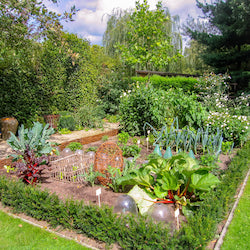
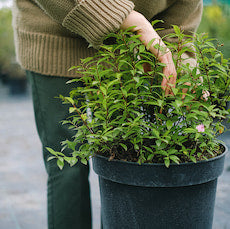
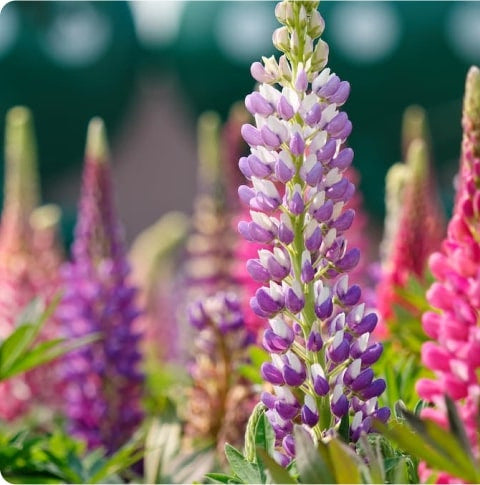


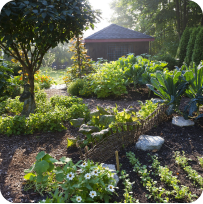





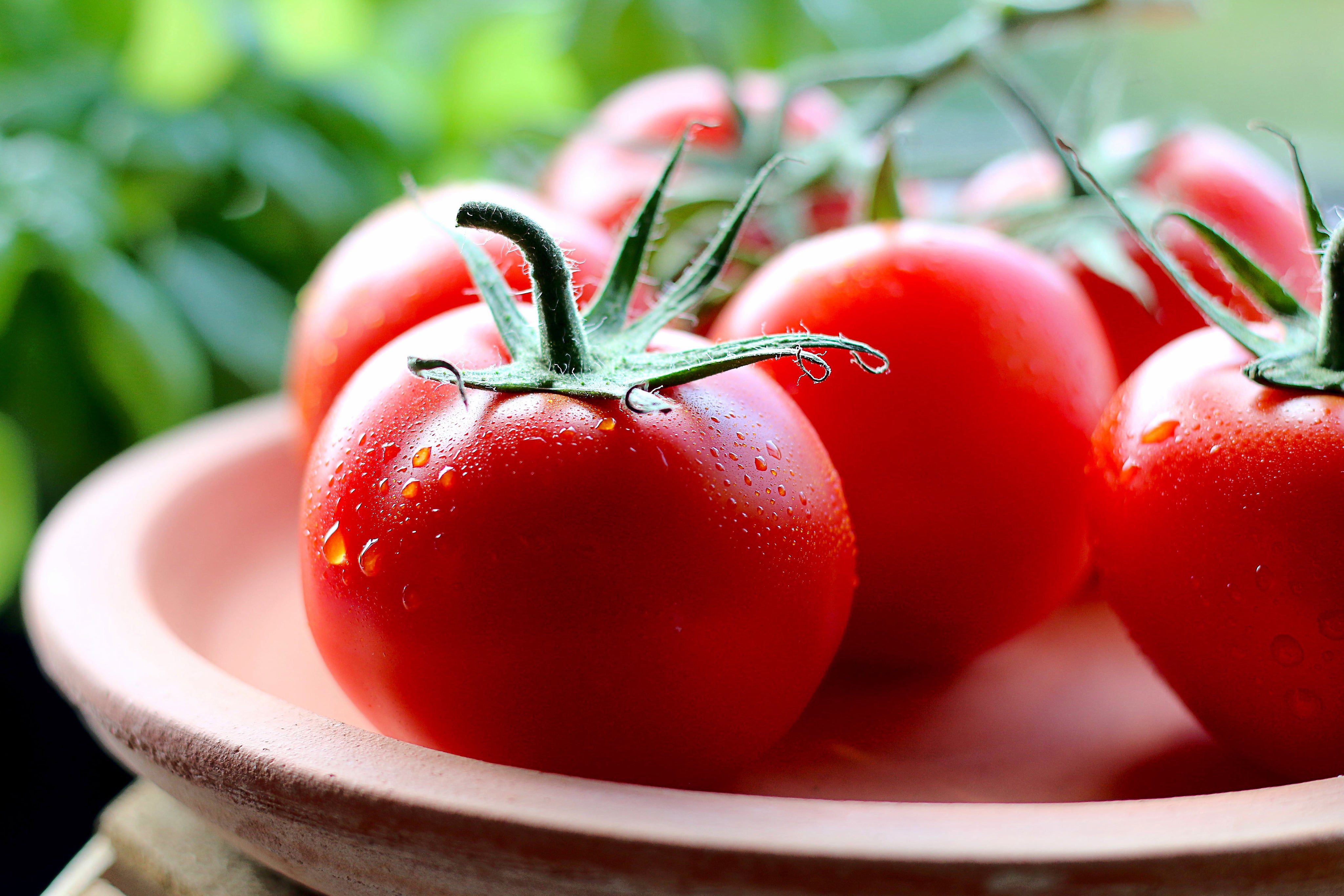

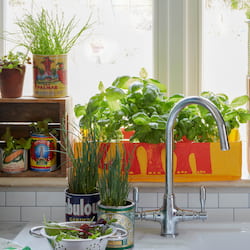
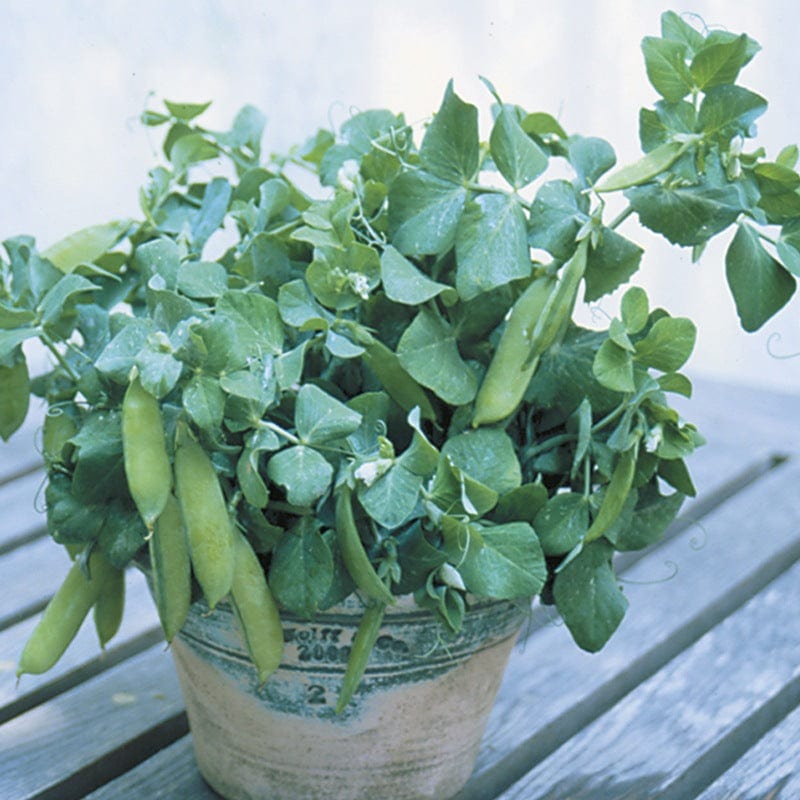


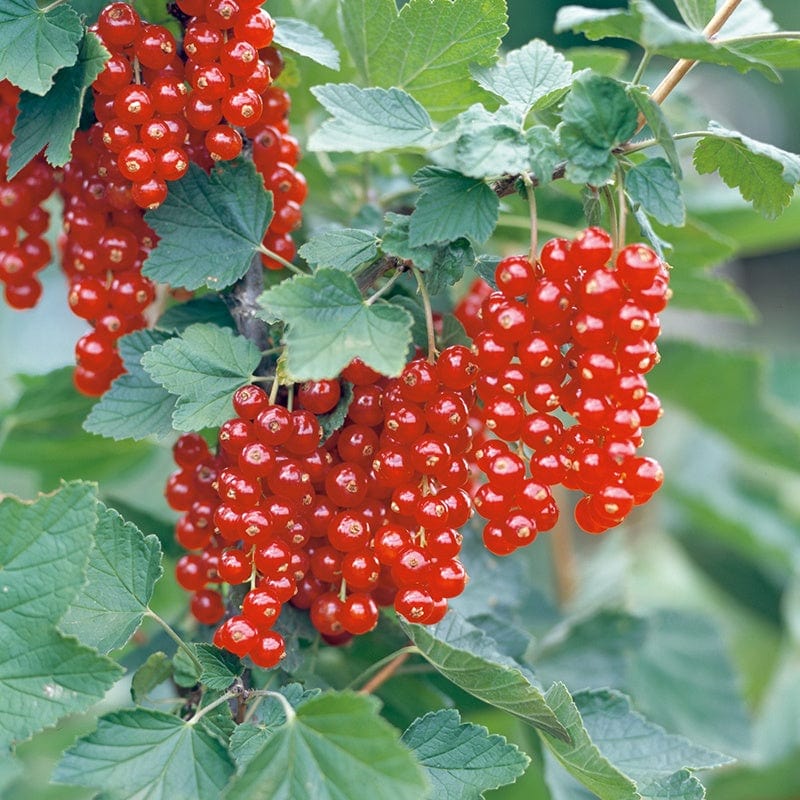
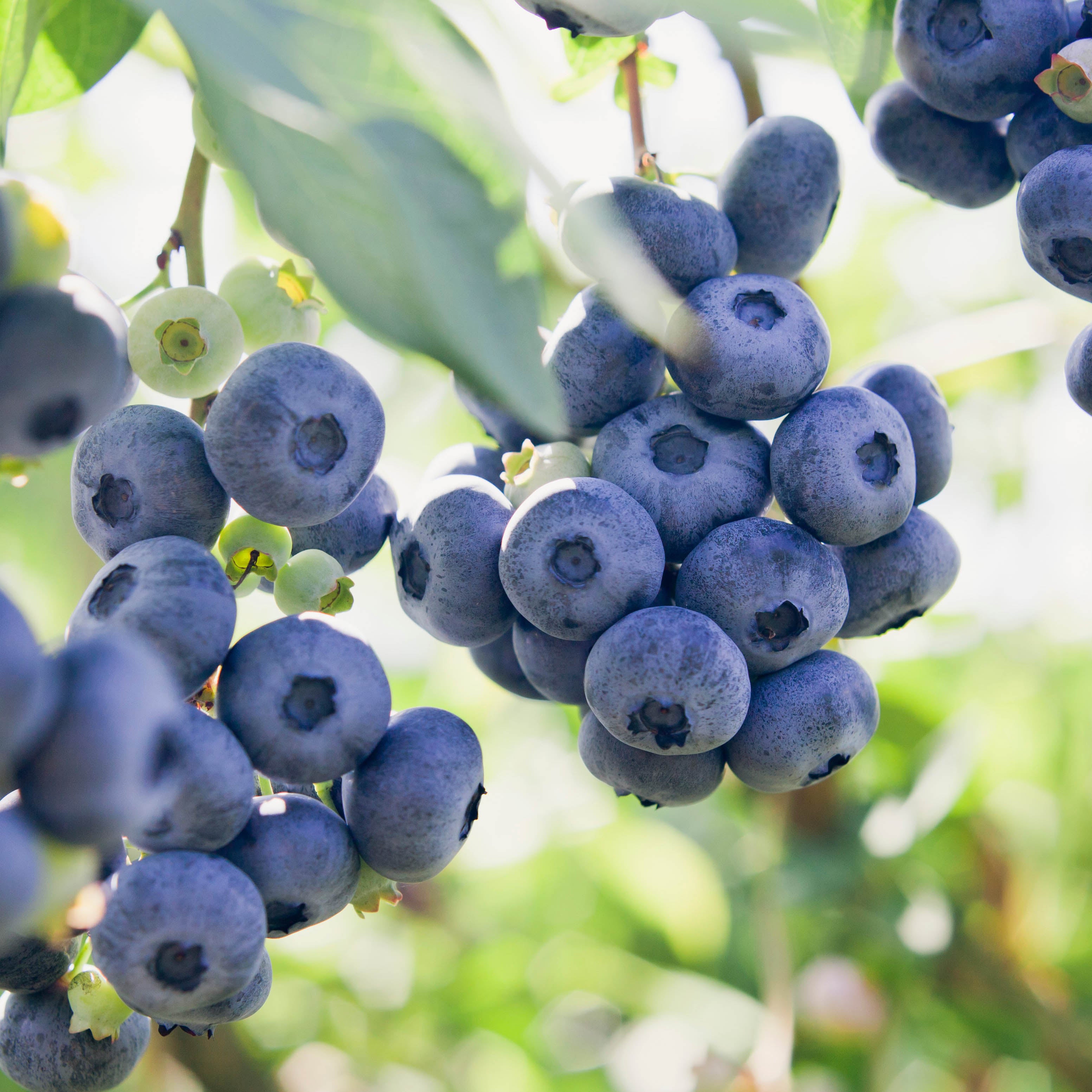
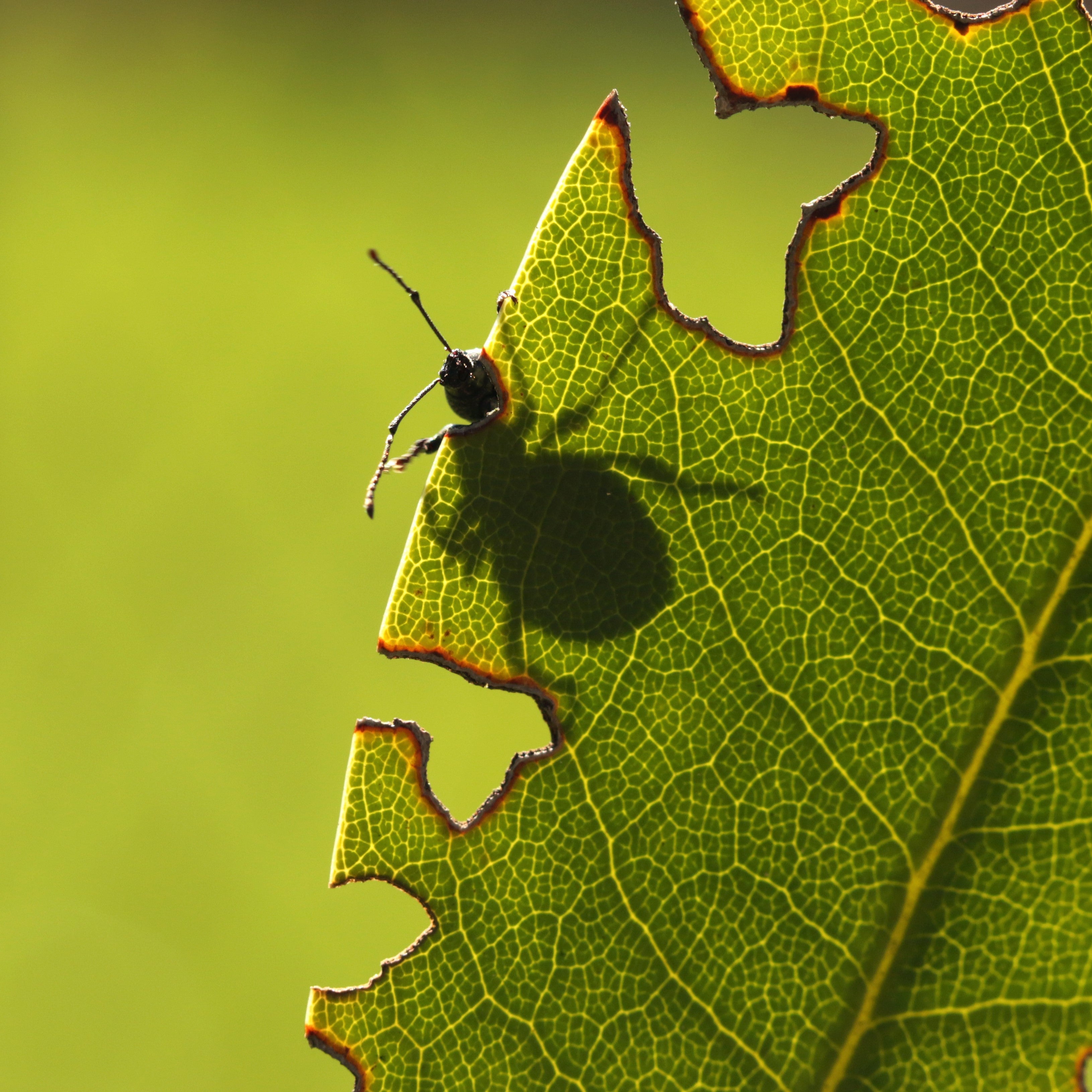

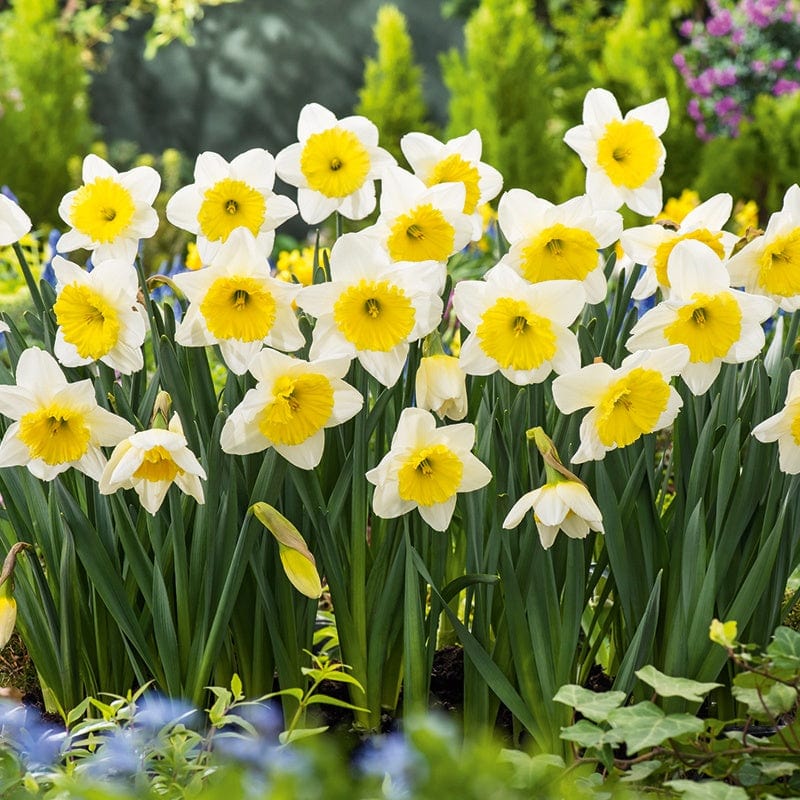
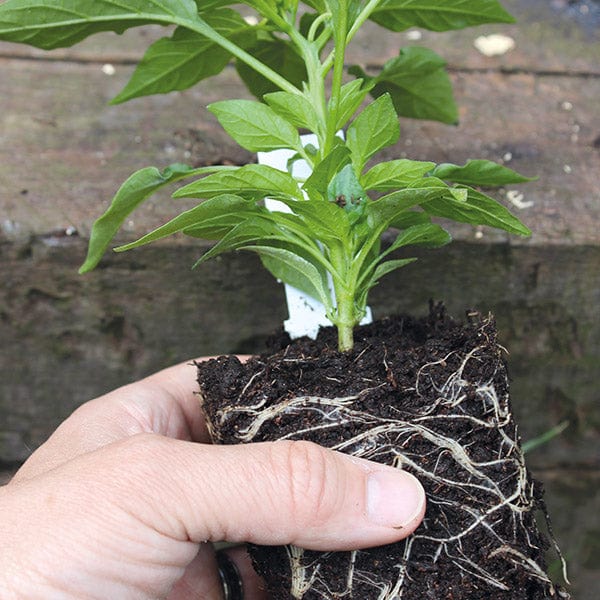
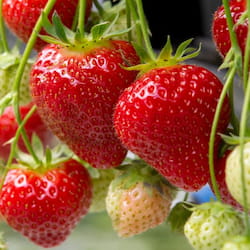
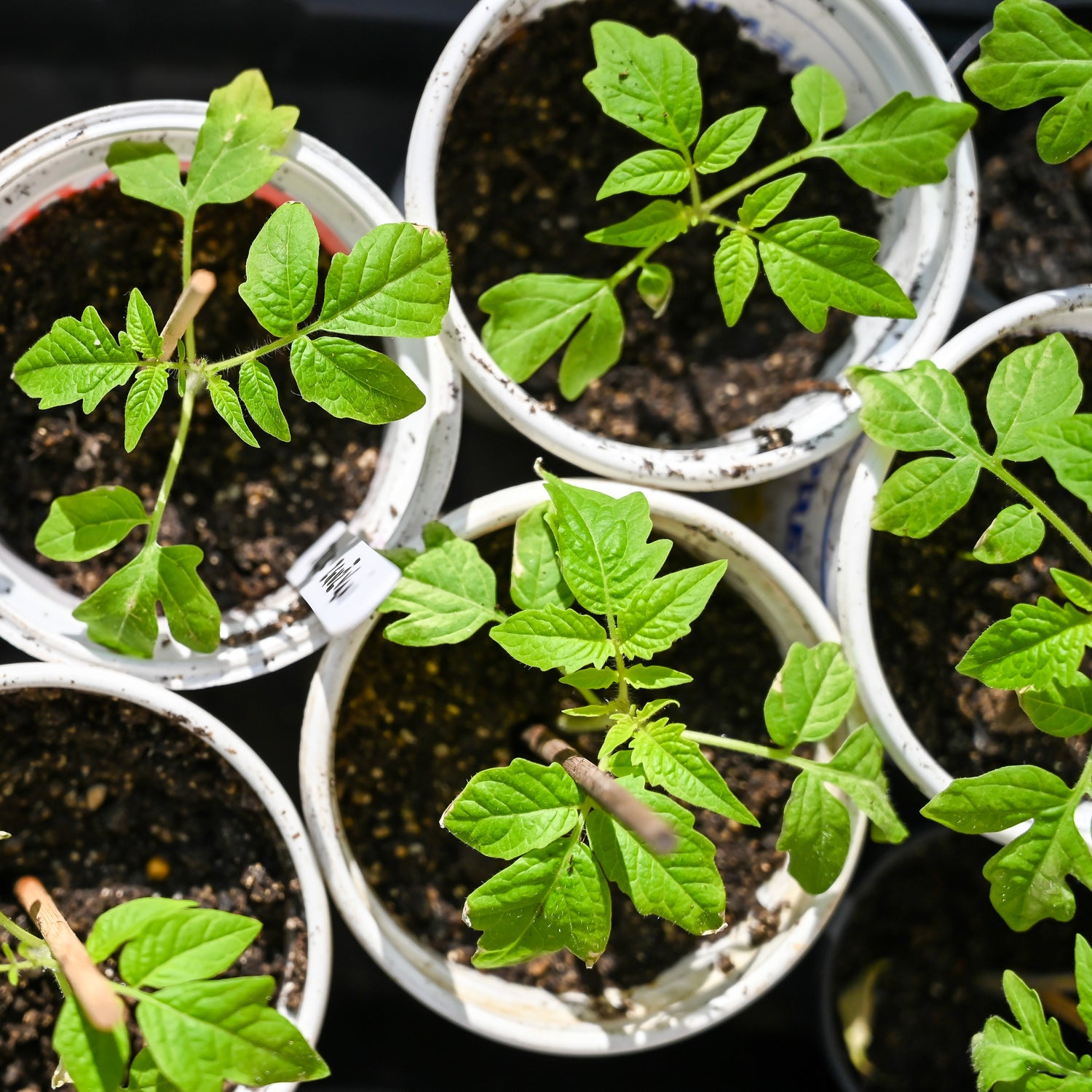



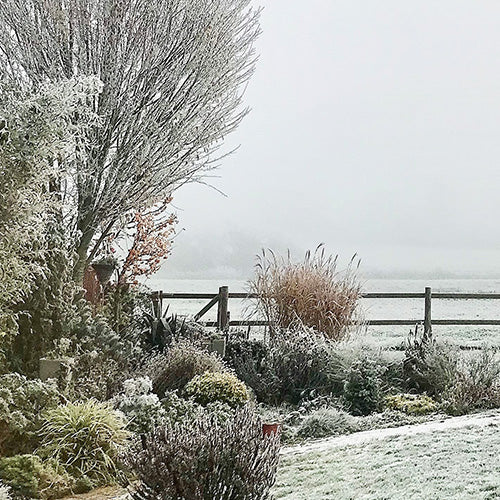
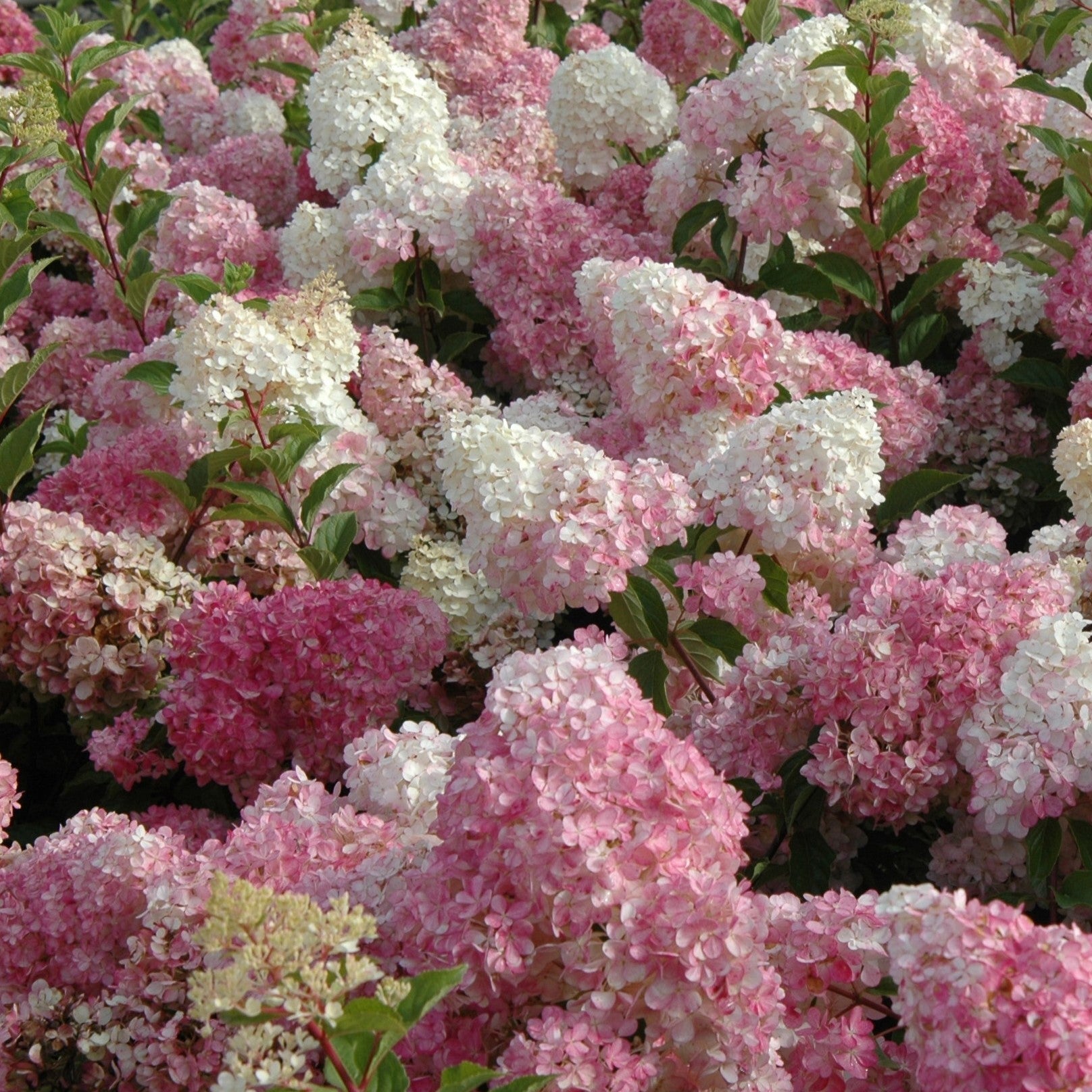
Leave a comment
All comments are moderated before being published.
This site is protected by reCAPTCHA and the Google Privacy Policy and Terms of Service apply.